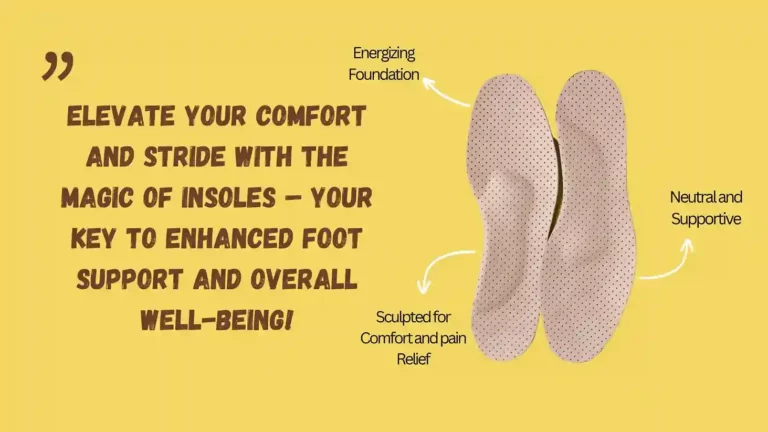Insole Materials Advancements: Boosting Comfort and Support
Snowboard boot insoles have undergone significant evolution, shaping the comfort and performance of riders over time. Since the inception of snowboarding, the importance of insoles has been underscored by their role in providing stability, impact absorption, and support. From the early days of basic padding to today’s advanced materials, their evolution parallels the advancements in snowboarding technology itself.
Historical Evolution and Importance in Snowboarding
The historical journey of snowboard boot insoles showcases a shift from rudimentary materials to sophisticated designs. Initially, insoles were primarily basic foam padding. Over time, as snowboarding gained traction, manufacturers began incorporating specialized materials for enhanced cushioning, durability, and responsiveness. The pivotal role of insoles in preventing foot fatigue and injuries has solidified their importance in the sport.
Analysis of Insole Materials
The composition of insoles significantly impacts a rider’s experience and performance on the slopes. Understanding the various materials provides insights into their advantages and suitability for snowboarding.
Foam-based Materials
Foam-based materials like Ethylene-vinyl acetate (EVA) and Polyurethane (PU) dominate the market due to their cushioning properties. EVA offers lightweight cushioning, while PU excels in durability and responsiveness. Both materials contribute to shock absorption, crucial for absorbing impacts during jumps and landings.
Gel Insoles and Their Benefits
Gel insoles have gained popularity for their ability to distribute pressure evenly and provide exceptional comfort. Their gel-like consistency molds to the shape of the foot, reducing pressure points and enhancing overall support. This feature makes them ideal for riders seeking customized comfort and impact reduction.
Hybrid Materials and Their Use in Insole Production
Hybrid materials combine the strengths of various components to create insoles with unique properties. By blending materials like foam, gel, and fabric, manufacturers can tailor insoles to offer a balance of cushioning, support, and durability, catering to diverse rider preferences.
Technological Innovations in Insole Design
Advancements in technology have revolutionized snowboard boot insole design, incorporating sophisticated techniques to enhance comfort and performance.
Pressure Mapping and 3D Foot Scanning
The integration of pressure mapping and 3D foot scanning allows for personalized insole customization. Analyzing pressure points and foot structure enables the creation of insoles tailored to individual riders, optimizing comfort and support.
Integration of Smart Technologies (Sensors, Heating Elements)
Smart technologies like sensors and heating elements embedded within insoles offer additional functionalities. Sensors track performance metrics, providing valuable data for optimizing riding technique, while heating elements ensure warmth, crucial for cold weather conditions.
Sustainability Aspects in Material Selection
The shift towards sustainable materials in insole production reflects the industry’s commitment to environmental responsibility. Manufacturers explore eco-friendly alternatives without compromising on performance, aiming to reduce the sport’s ecological footprint.
Impact of Material Selection on Performance
The choice of insole material significantly influences a rider’s performance and comfort on the snowboard.
Durability and Longevity
Insoles crafted from durable materials like high-quality foam or specialized blends exhibit prolonged lifespan, enduring the rigors of frequent use and varied terrains.
Weight and Flexibility in Snowboarding
Lightweight yet flexible insoles contribute to agility and responsiveness, enabling riders to maneuver with ease while maintaining essential support.

Influence on Heat Retention and Moisture Management
Materials that effectively manage heat and moisture ensure a comfortable riding experience. Insoles with moisture-wicking properties and adequate insulation maintain dryness and warmth, crucial for prolonged snowboarding sessions.
Future Trends and Developments in Snowboard Boot Insoles
Anticipating future advancements is pivotal for staying at the forefront of insole technology, shaping the next wave of innovations.
Emerging Materials and Manufacturing Techniques
Continued research and development introduce novel materials and production methods, aiming to enhance insoles’ performance, durability, and sustainability.
Potential Improvements in Customization and Performance
Advancements in customization techniques promise further tailoring of insoles to individual preferences, optimizing comfort and performance for riders of all levels.
Environmental Sustainability in Insole Production
The search for environmentally friendly materials and production techniques is being driven by an increasing emphasis on sustainability, which is in line with the eco-conscious activities of the industry as a whole.
Conclusion:
The evolution of snowboard boot insoles reflects a fusion of technological innovation and the pursuit of rider comfort and performance. As materials, design, and technology continue to converge, the future promises even greater advancements, ensuring a harmonious blend of comfort, support, and sustainability in snowboarding.



